Gullah Food & Culture
By Dr. Emory Campbell
Gullah Geechee people are descendants of Coastal West Africa, from Senegambia to Liberia transported to America against their will and enslaved. From the early 1600s until they were proclaimed free from slavery in 1863, our enslaved ancestors produced crops that had dominated the West African Coast, for plantations primarily in the American South. They used their centuries-old knowledge and experience to grow rice and later long fiber cotton as cash crops for wealthy planters, while growing sweet potatoes, okra, peas and watermelon etc. for food.
After Freedom came at the reading of the Emancipation Proclamation on January 1, 1863, at Fort Saxon, near St Helena Island, our enslaved ancestors of St. Helena and surrounding Sea Islands jubilantly began acquiring land for residences and for growing West African food crops. These crops included rice, watermelon, sweet potatoes, red peas, okra, peanuts, sugar cane, butter beans, and greens.
Land is generally considered to be the most valuable cultural asset of Gullah Geechee people. For many years, since Freedom, small family farms had been the primary source of food for Gullah Geechee families in the Sea Islands. Gullah families mostly use the land communally for residences and for producing food for daily meals some of which have West African origin.
For example, Gullah Geechee “Red Rice” is almost the exact replica of West African Jollof Rice. When Sierra Leone President Joseph Momoh visited Penn Center in 1988, he thought he was back home when we served him several rice dishes including our “Red Rice”.
Eventually, as more of the population began working off the farm, our families increased parcels of food crops and transported surpluses via Bateaux with sails and later pick-up trucks to local city markets and parking lots. This practice predated Whole Foods and Fresh Market. It continued for a number of years until the recent increase in the local population and the corresponding increased demand for fresh foods that are locally grown.
We have responded in kind by converting the former Leroy Browne Health Clinic building to the Gullah Grown Food Center. Leroy Browne was not only the first African American to be elected to Public Office since Reconstruction, but he was an avid and successful farmer of the aforementioned crops that he sold from his backyard to local residents for many years. His seasonal freshly grown vegetables have inspired us to promote the production of food crops with the same quality for preparation and distribution from our Gullah-Grown food and culture center.
Harvesting History
Gullah farming is a powerful expression of resilience, identity, and cultural pride, feeding both body and soul.

Subsistence and Community Agriculture
Historically, Gullah families farmed to feed themselves and their communities, growing crops on small plots passed down through generations.
Traditional Crops
Rice, a direct link to West African agricultural expertise. Okra, sweet potatoes, collards, cowpeas, and watermelon, staples in both diet and culture. Herbs like sage and mint used for cooking and medicine.
Sustainable Practices
Use of crop rotation, composting, and organic methods. Knowledge of seasonal planting and natural pest control passed down through oral tradition.
Cultural Preservation
Farming is more than food—it’s a way to preserve land ownership, maintain independence, and honor ancestral legacy.
Many Gullah communities are reviving farming through cooperatives and heritage gardens.
Farm to School – Beaufort County School District
Hilton Head Island Elementary School students are planting seeds, tasting fresh produce, and learning about healthy eating with the Nutrition Group and the Gullah Farmers Cooperative.
Cultivating Community
This video by SC Ag in the Classroom sheds light on the rich history of the Gullah Community within South Carolina as well as highlighting how Gullah farmers are making an impact in their communities.
We want to give SC Ag in the Classroom a huge thank you for welcoming us and appreciating the Gullah culture.
